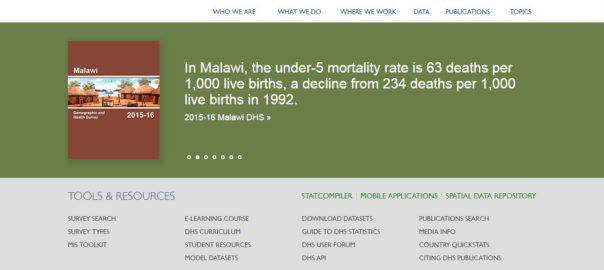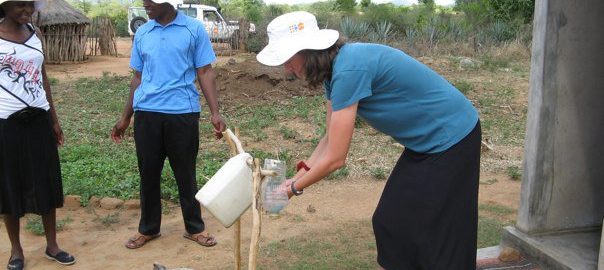How Things Have Changed! Looking Back at Data Distribution Practices from 20 Years Ago
A lot can change in 20 years. For The DHS Program, it’s the difference between over 250 datasets for 70 separate surveys to more than 10,000 datasets from over 300 surveys. The contents of the model survey questionnaires changed radically, as did the media used for data distribution. And two decades ago, the internet had only […]







